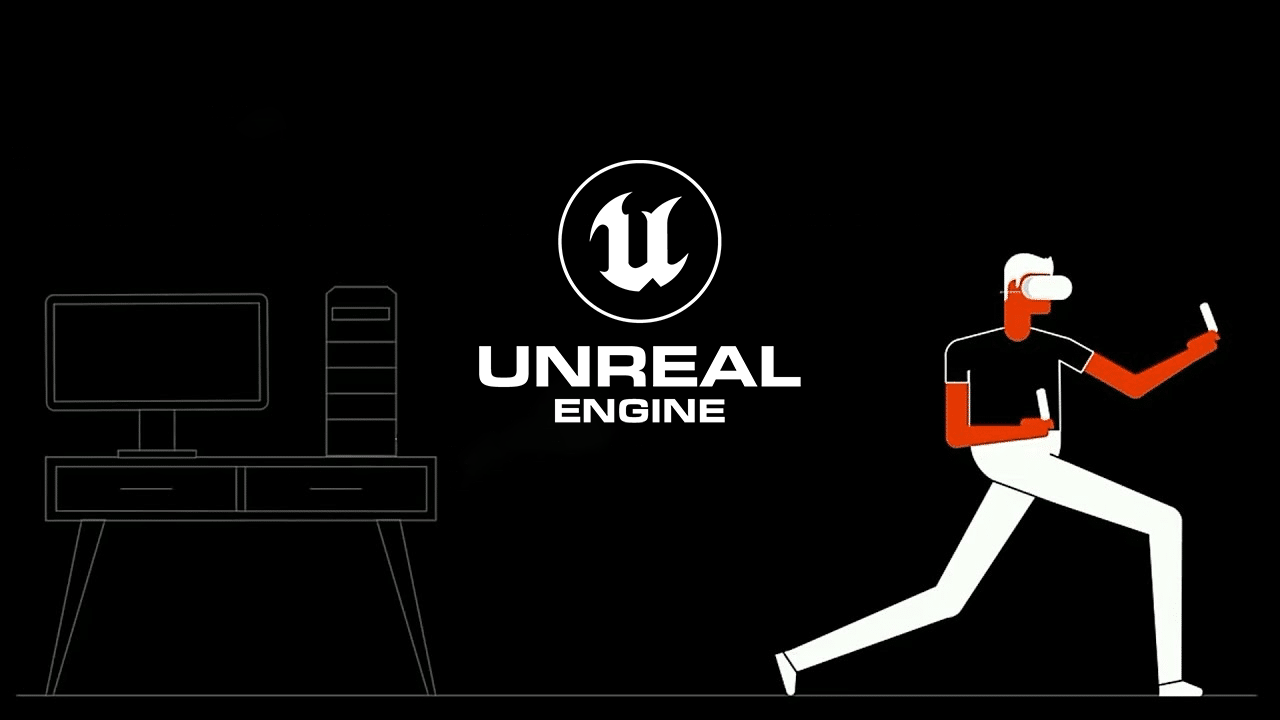A new free tool injects VR support into almost any Unreal Engine PC game.
If you’ve been in the consumer VR scene since the early days you may remember VorpX, a paid injector tool that promised to let you play hundreds of PC games in your VR headset. VorpX was a disappointment for many buyers, only offering 3D on a virtual screen for most games and primitive rotation-only headset tracking in most others.
Praydog’s Universal Unreal Engine VR Mod (UEVR) goes much further than VorpX ever did, providing engine-level true VR support with positional headset tracking in almost any PC game made with Unreal Engine 4 or Unreal Engine 5.
UEVR essentially forces the game to enable Unreal Engine’s built-in stereo 3D rendering capability, and hooks into engine-level entities such as the camera, the player controller, and ingame objects such as weapons.
Tester Alex Nicholas has tried UEVR with hundreds of games. He created & maintains a publicly available spreadsheet noting the level of compatibility of UEVR with each game, which you can view here.
Most Unreal Engine games should work out of the box with little to no configuration required, though some require a fallback method of 3D rendering called Synchronized Sequential, which impacts performance and adds ghosting to some effects like TAA and motion blur. Depending on the game and your settings, it can also introduce issues with particle effects.
UEVR is highly configurable, offering a range of control methods, from regular gamepad or mouse/keyboard in all games to 3DoF (rotation-only) VR controller support and room-scale headset tracking in many games.
With a feature called UObjectHook, you can even use UEVR to set up some games to support true 6DoF (positional) tracked VR controllers.
UEVR also automatically projects most game UIs onto a floating virtual screen in front of you, and has its own VR UI for adjusting settings and configuring per-game profiles.
UEVR is freely available on GitHub and should work with almost any PC-compatible VR headset on any working Windows gaming PC, including Meta Quest headsets via Steam Link, Quest Link, or Virtual Desktop.
Keep in mind that most regular PC games aren’t optimized to run at VR’s demanding resolutions and framerates, so you’ll need a very powerful graphics card to achieve a smooth experience, and you’ll want to reduce graphical settings to low in most titles.





